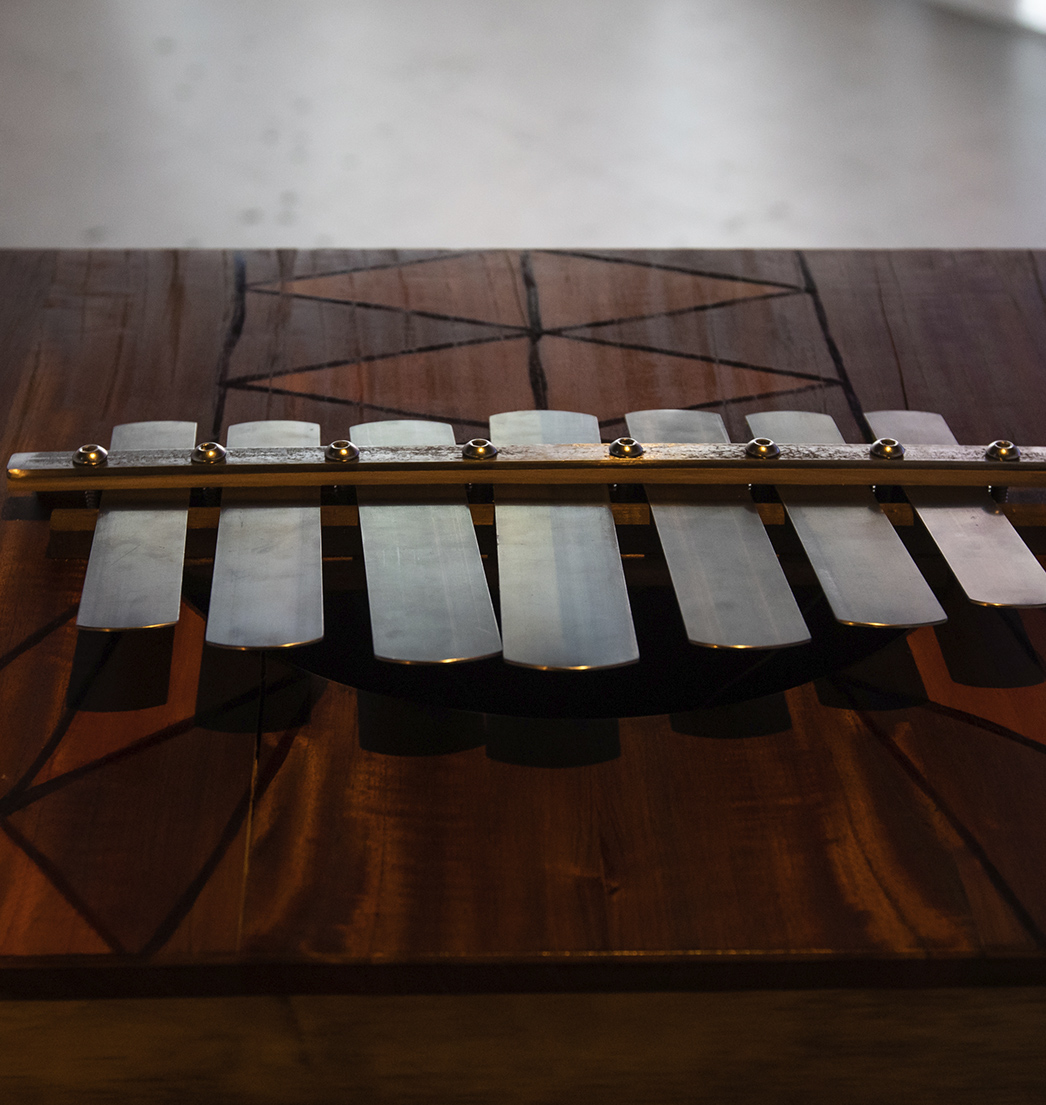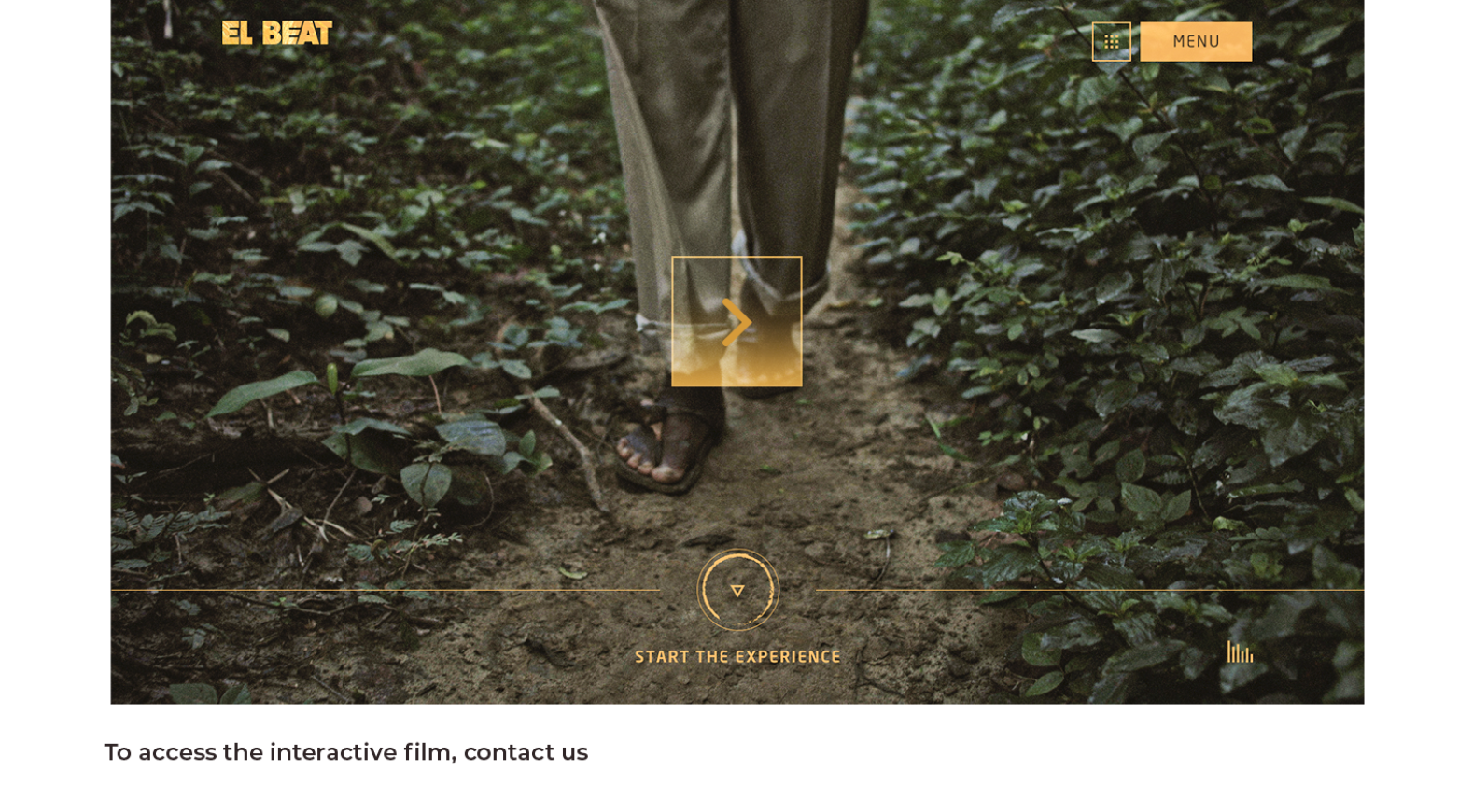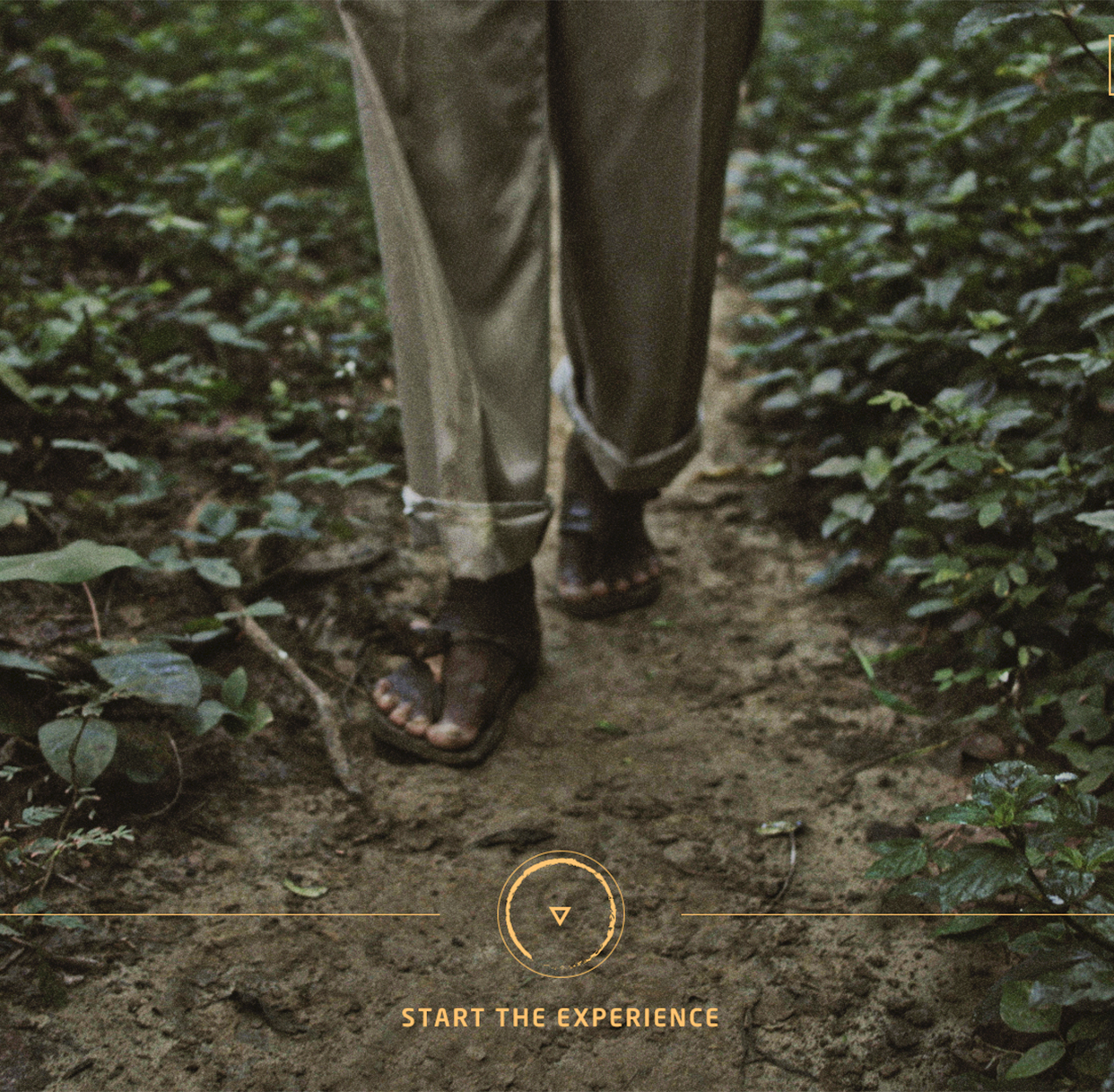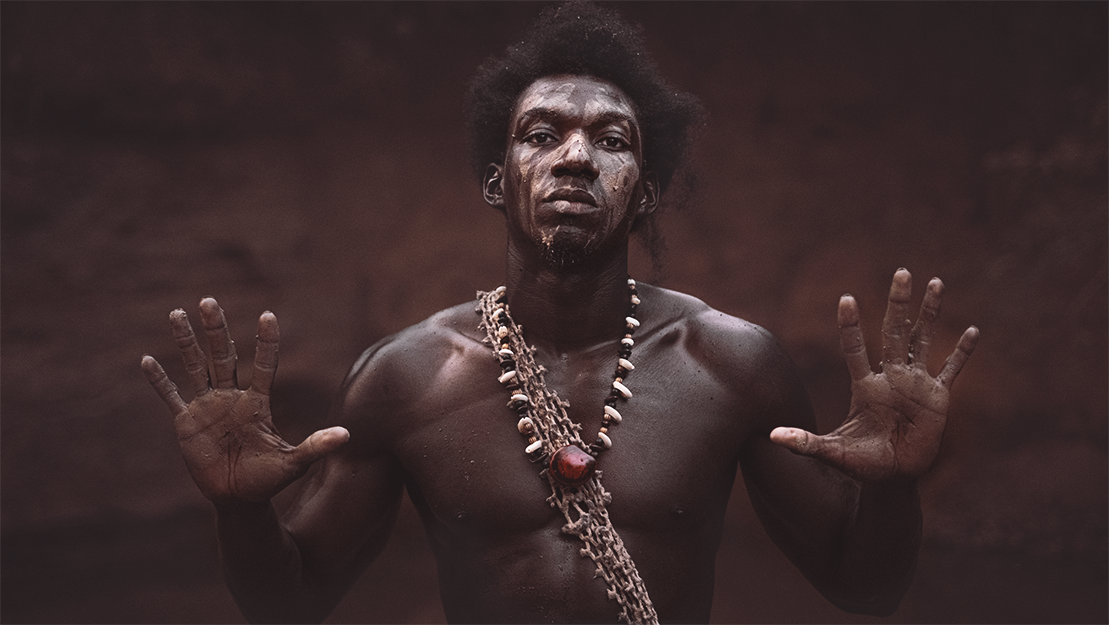
The film was born as a documentary, and through the narrations of its protagonists it ended up being a hybrid film (interactive documentary + fiction). It narrates the escape of Benkos Biohó, the emancipated African leader, and his struggle to liberate his people from slavery. In parallel, the story of his descendants, the people of Palenque and the maestro Rafael Cassiani is told through their own language and music. It is a story of rebellion and resistance brought to the present day.
EL BEAT is a multiplatform project, composed of a documentary piece, a short fiction film, an interactive platform, a virtual reality experience and an interactive installation. It is a multidisciplinary project led by Irene Lema, with documentary co-direction by Carolina del Mar Fernández and VR co-direction by Sergio Bromberg, who also led the development of the interactive installation.
The idea of developing EL BEAT was born during a shoot that Irene and Carolina shared some years ago. There, the two filmmakers set out to tell a story about the Colombian music scene and its elaborate mestizaje, which is ultimately a projection of Latin American identity.
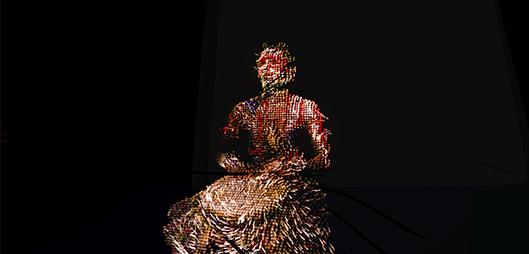

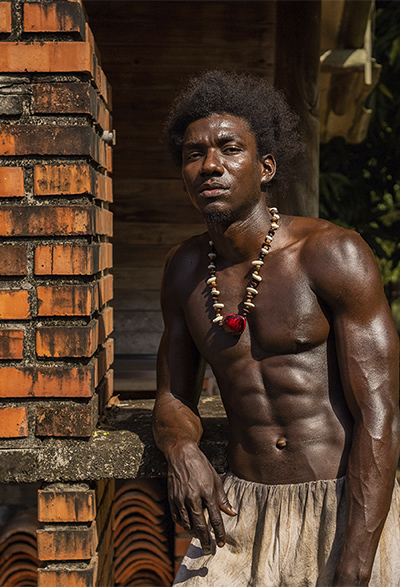
The town of Palenque, maestro Rafael Cassiani and other characters of the story, entered the scene almost by chance as Jacobo Vélez and his band “La Mambanegra” joined the project. Jacobo was on a quest to understand his own musical genealogy, and proposed a trip to Palenque to the team. However, during the first filming of the documentary part of the story, the significance of Palenque’s history of music and resistance came to light, and this is how Benkos Biohó, the protagonist of the story, would end up occupying its pivotal role.
There are projects that have a life of their own, and EL BEAT is one of them. Sergio, a physicist, had been working at the crossroads between sciences and arts for a few years. It was the early days of the VR renaissance, and the idea of creating an immersive experience as a new component of the project started to take shape. Having natural actors from Palenque was a must, and therefore instead of traditional animation techniques, the team decided to develop a volumetric system to capture actors in a way that was both realistic and malleable. The aesthetic identity of the project, combining pointclouds, 3D models and volumetric capture, slow-cooked for a long time. The interactive installation came naturally as the need for a physical mise-en-scène for the project.
On the other hand, the documentary experience meets fiction through an interactive narration, and this is how this cycle finds its closure. EL BEAT is first and foremost a musical project and a “playground” which allowed the team to experiment with multiple ways to narrate a story, and to build new tools for this purpose. In EL BEAT we wanted to create a story that would allow us to have fun, but it ended up being much more than that. We hope you enjoy it.

The film was born as a documentary, and through the narrations of its protagonists it ended up being a hybrid film (interactive documentary + fiction). It narrates the escape of Benkos Biohó, the emancipated African leader, and his struggle to liberate his people from slavery. In parallel, the story of his descendants, the people of Palenque and the maestro Rafael Cassiani is told through their own language and music. It is a story of rebellion and resistance brought to the present day.
EL BEAT is a multiplatform project, composed of a documentary piece, a short fiction film, an interactive platform, a virtual reality experience and an interactive installation. It is a multidisciplinary project led by Irene Lema, with documentary co-direction by Carolina del Mar Fernández and VR co-direction by Sergio Bromberg, who also led the development of the interactive installation.
The idea of developing EL BEAT was born during a shoot that Irene and Carolina shared some years ago. There, the two filmmakers set out to tell a story about the Colombian music scene and its elaborate mestizaje, which is ultimately a projection of Latin American identity.
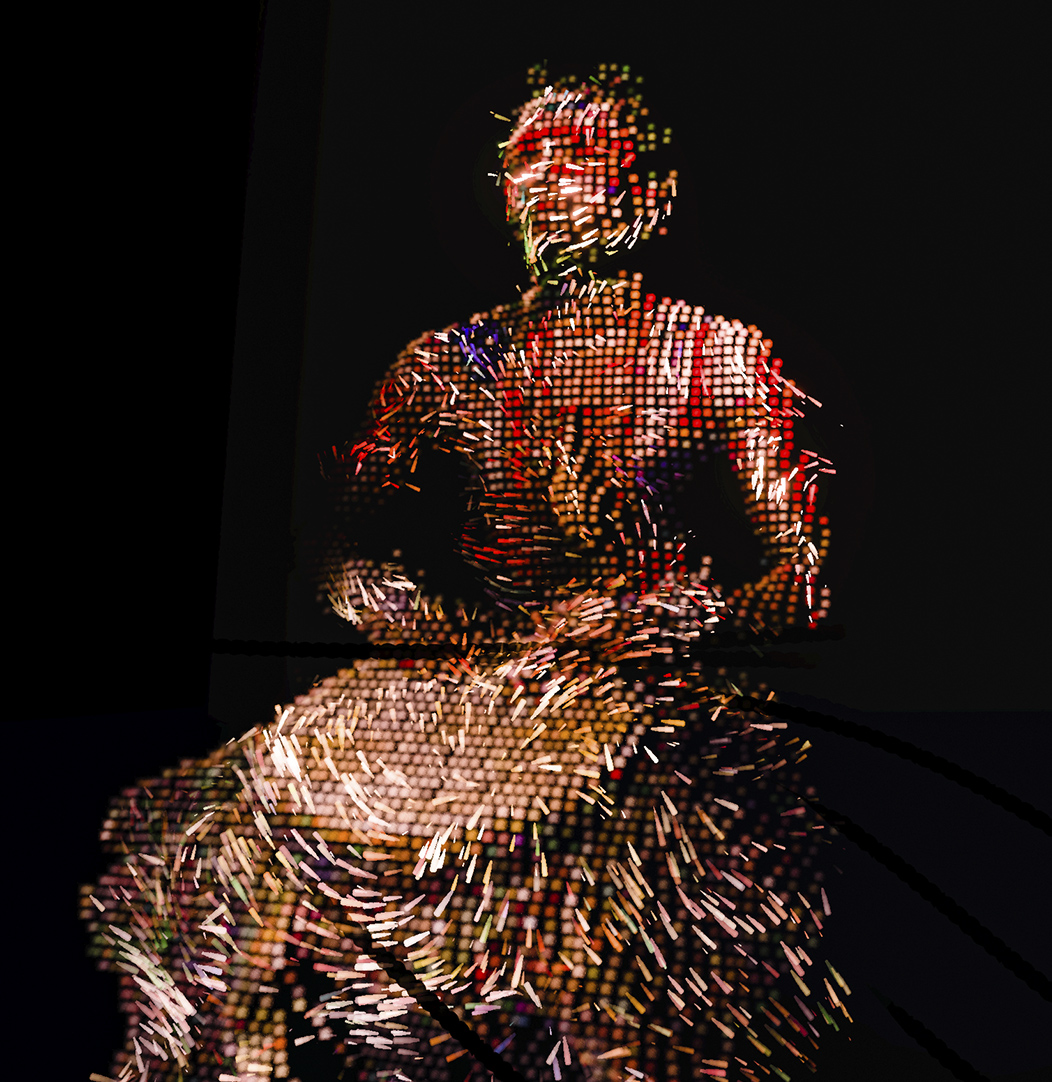
The town of Palenque, maestro Rafael Cassiani and other characters of the story, entered the scene almost by chance as Jacobo Vélez and his band “La Mambanegra” joined the project. Jacobo was on a quest to understand his own musical genealogy, and proposed a trip to Palenque to the team. However, during the first filming of the documentary part of the story, the significance of Palenque’s history of music and resistance came to light, and this is how Benkos Biohó, the protagonist of the story, would end up occupying its pivotal role.
There are projects that have a life of their own, and EL BEAT is one of them. Sergio, a physicist, had been working at the crossroads between sciences and arts for a few years. It was the early days of the VR renaissance, and the idea of creating an immersive experience as a new component of the project started to take shape. Having natural actors from Palenque was a must, and therefore instead of traditional animation techniques, the team decided to develop a volumetric system to capture actors in a way that was both realistic and malleable. The aesthetic identity of the project, combining pointclouds, 3D models and volumetric capture, slow-cooked for a long time. The interactive installation came naturally as the need for a physical mise-en-scène for the project.
On the other hand, the documentary experience meets fiction through an interactive narration, and this is how this cycle finds its closure. EL BEAT is first and foremost a musical project and a “playground” which allowed the team to experiment with multiple ways to narrate a story, and to build new tools for this purpose. In EL BEAT we wanted to create a story that would allow us to have fun, but it ended up being much more than that. We hope you enjoy it.
